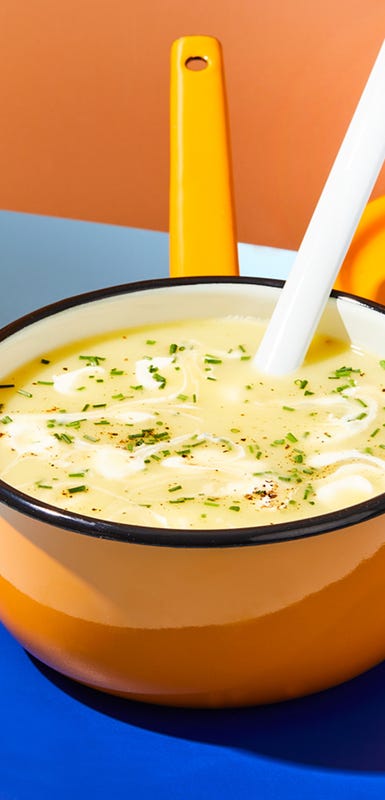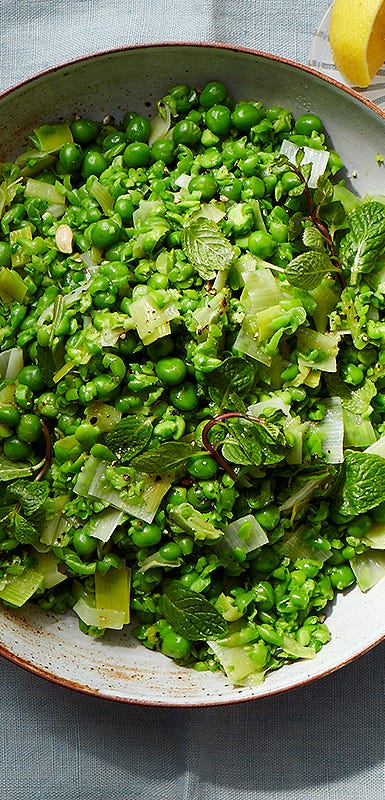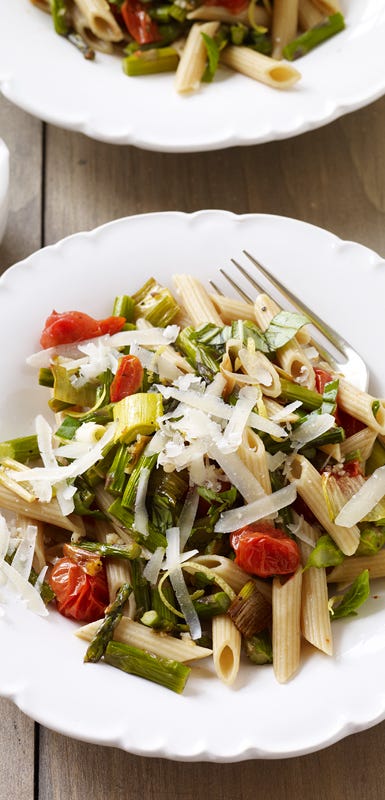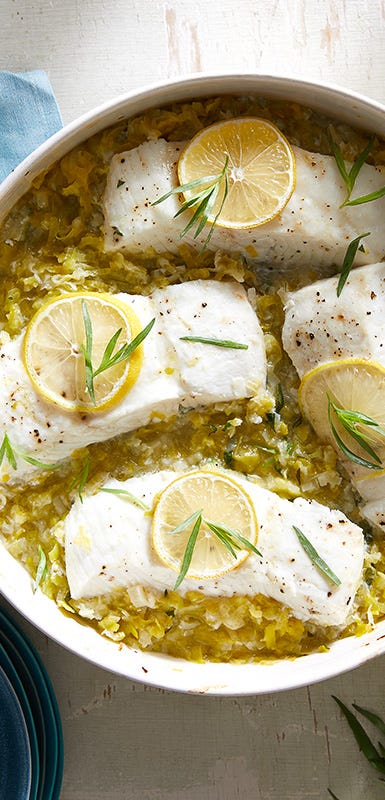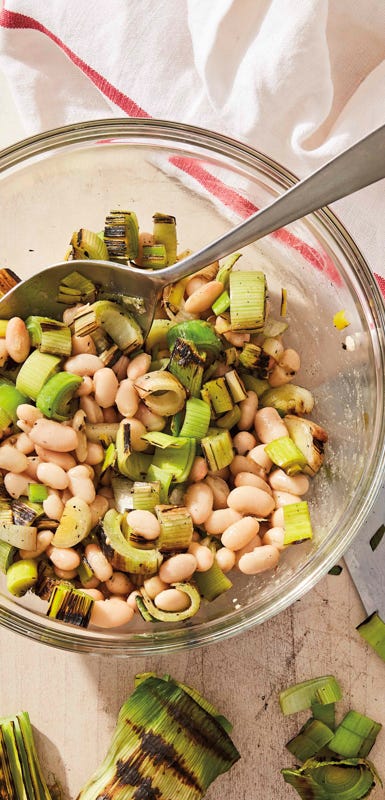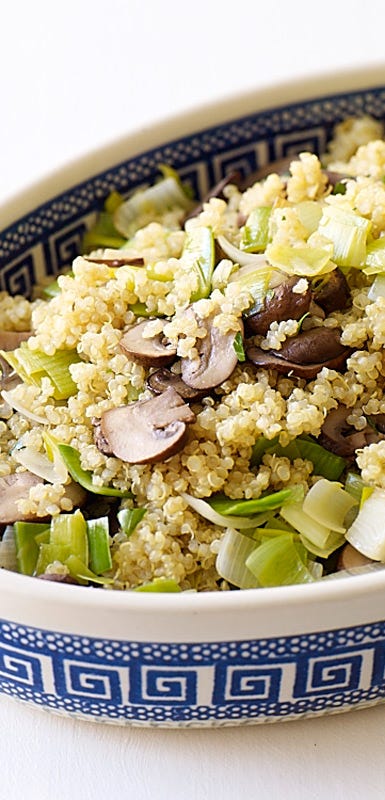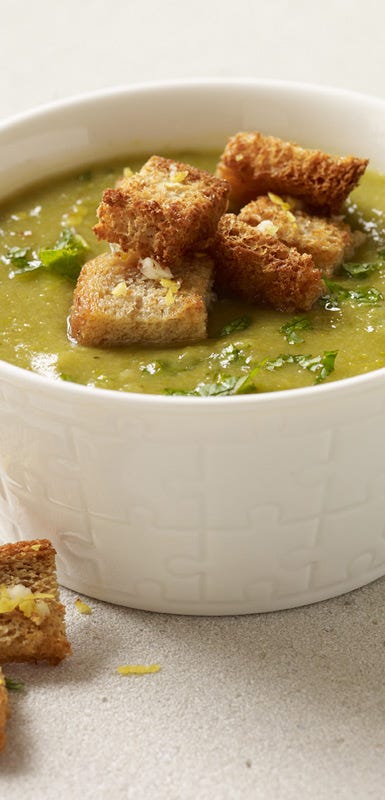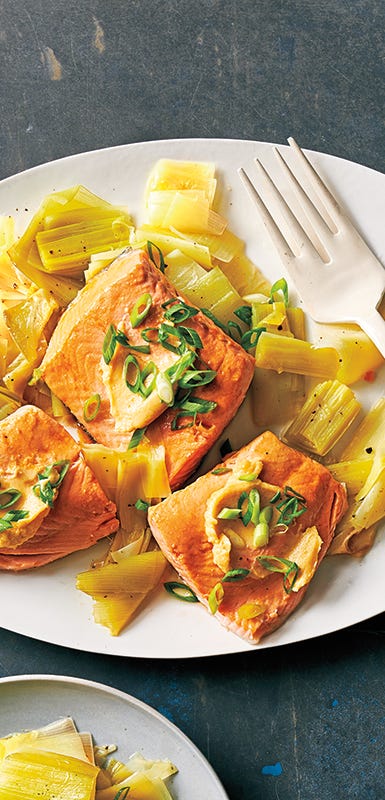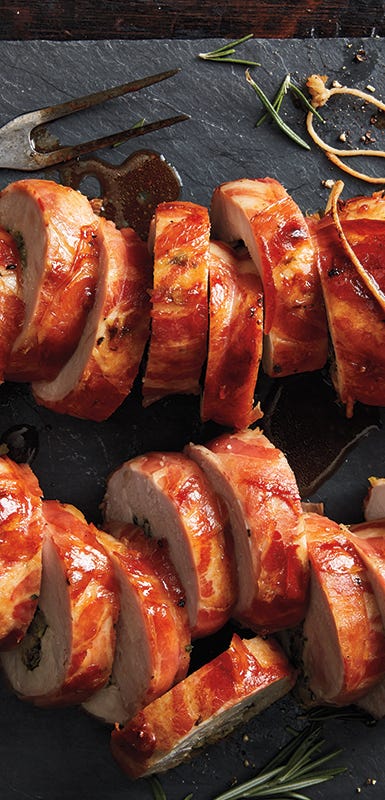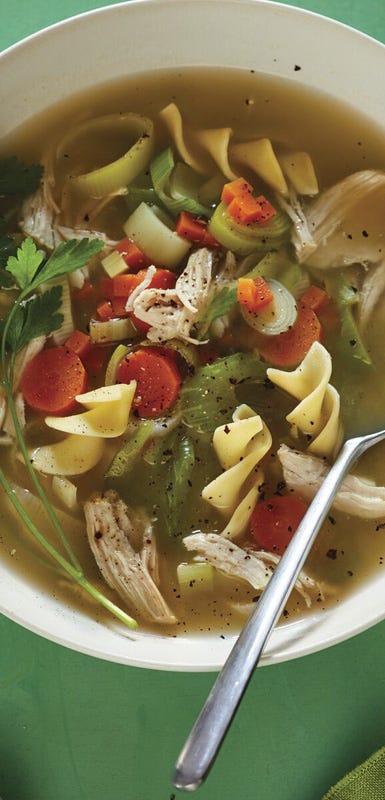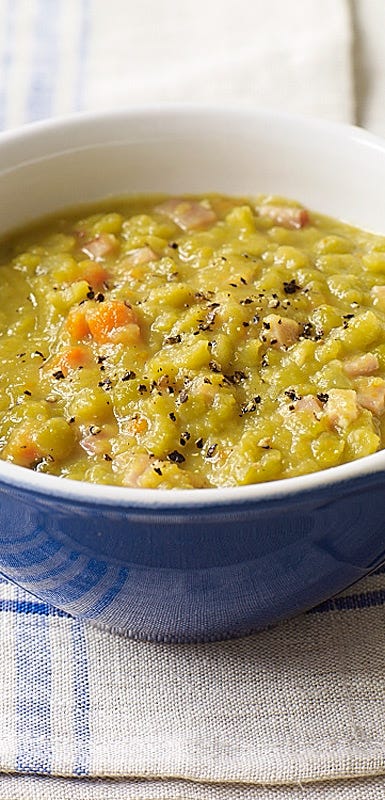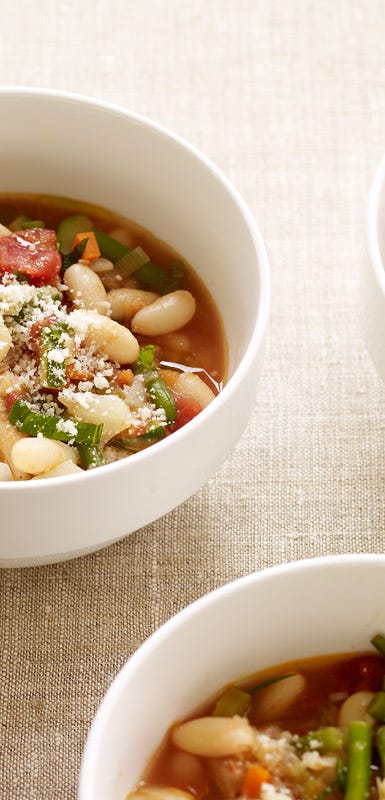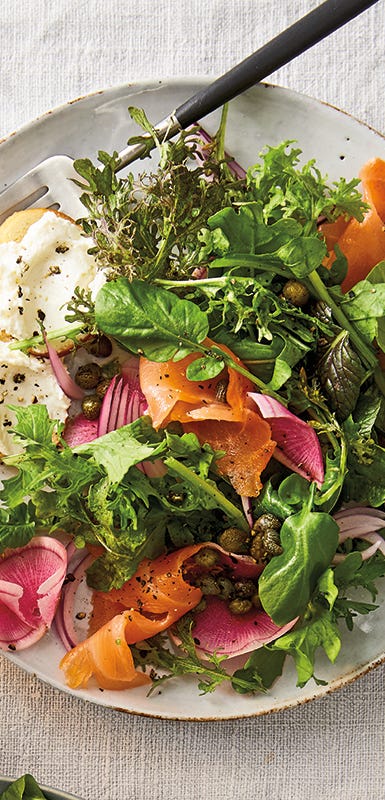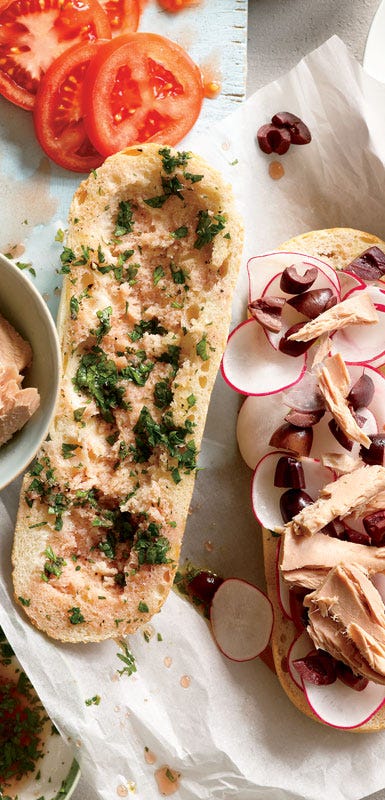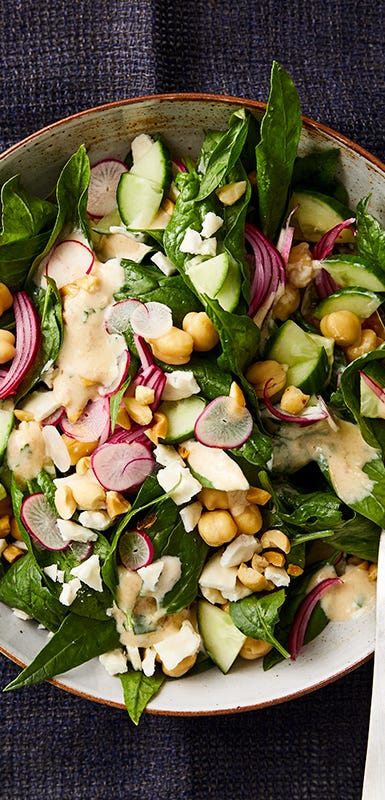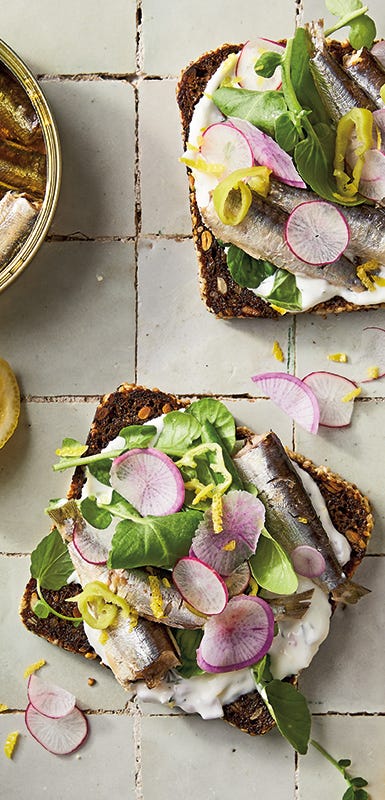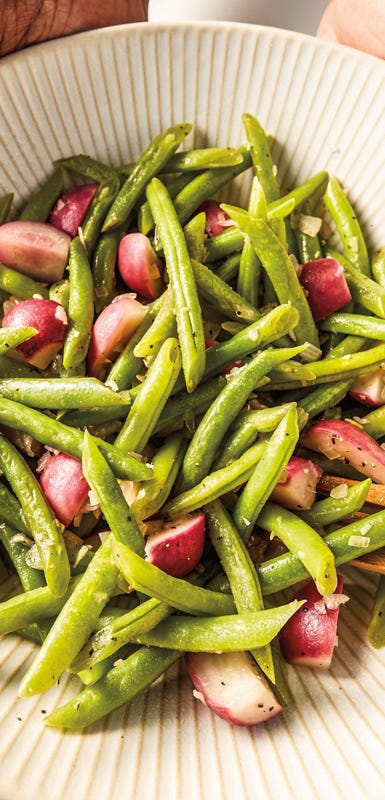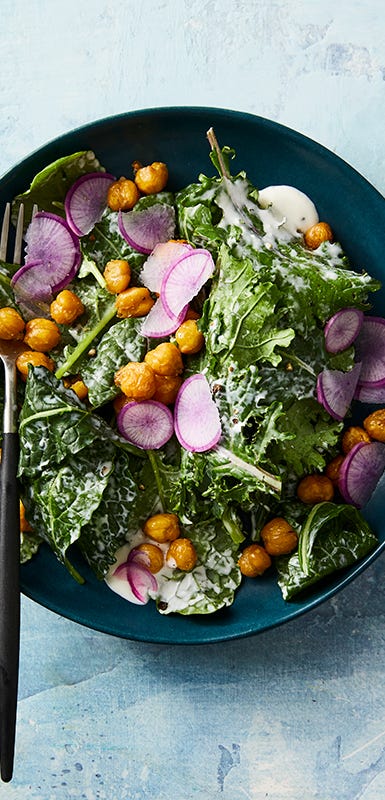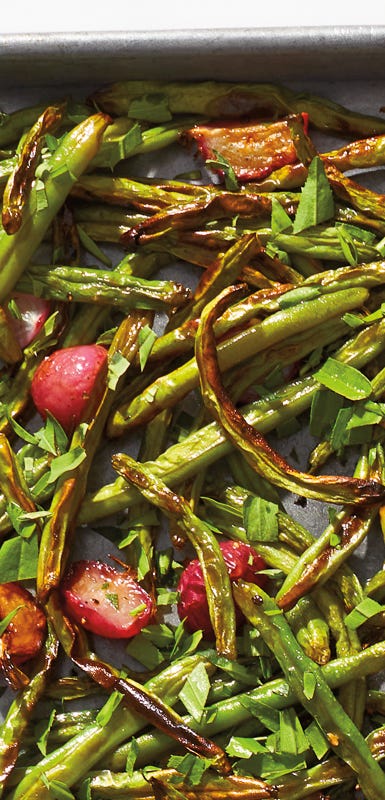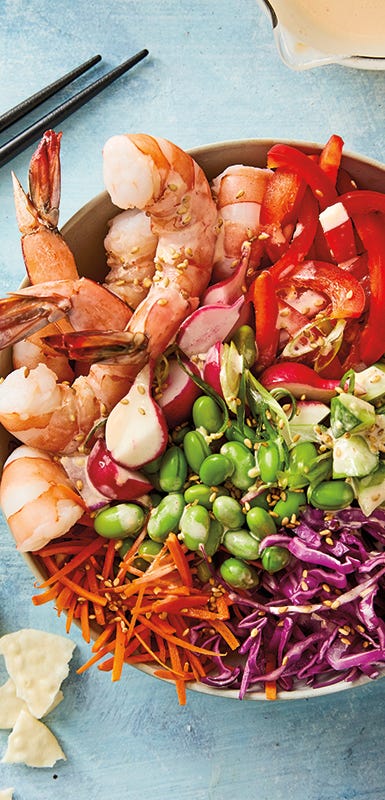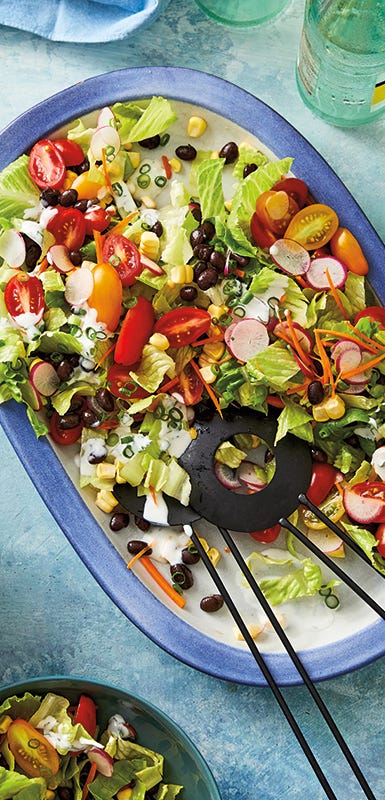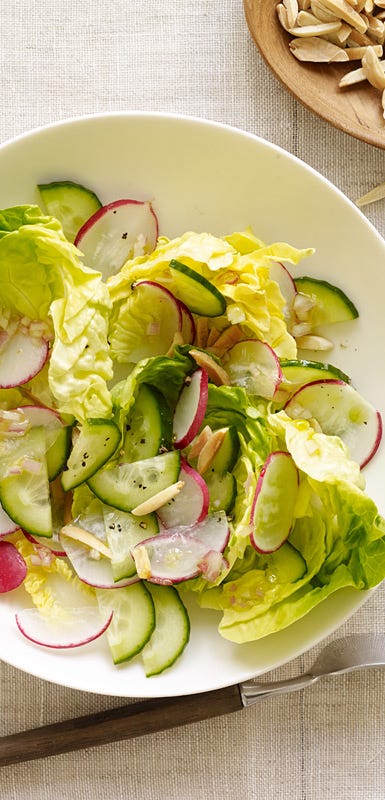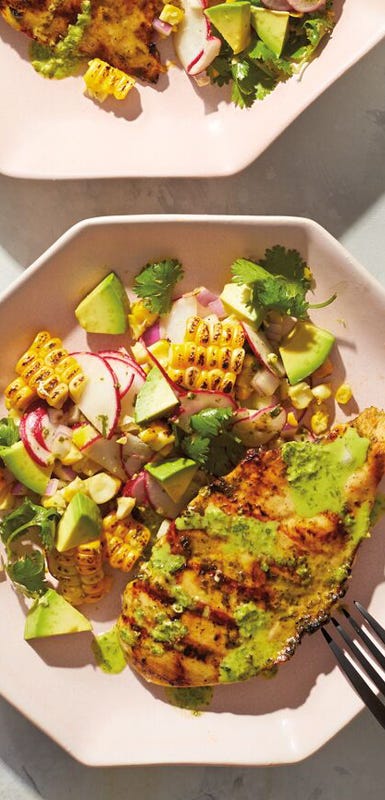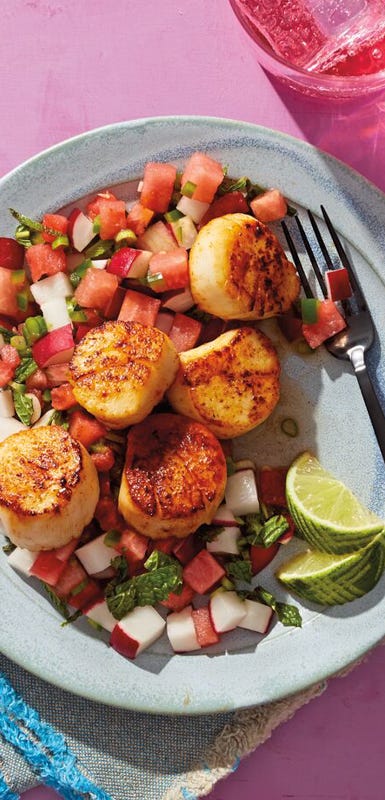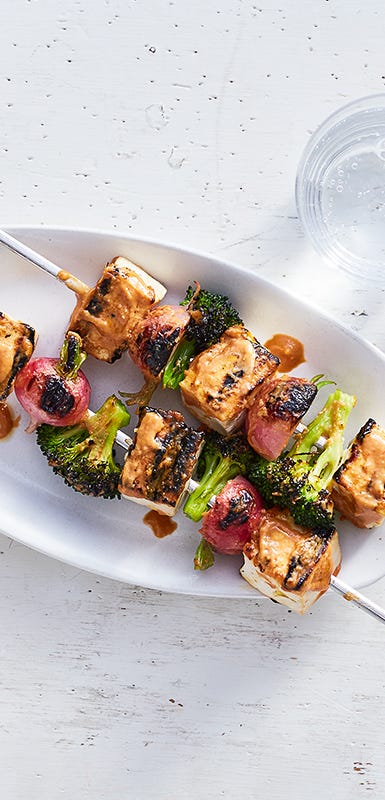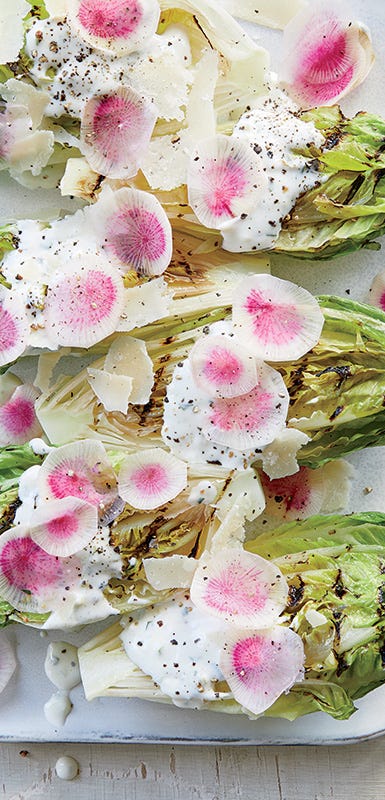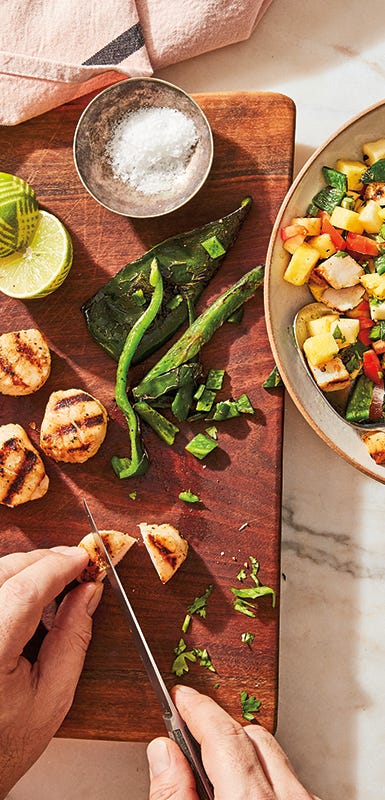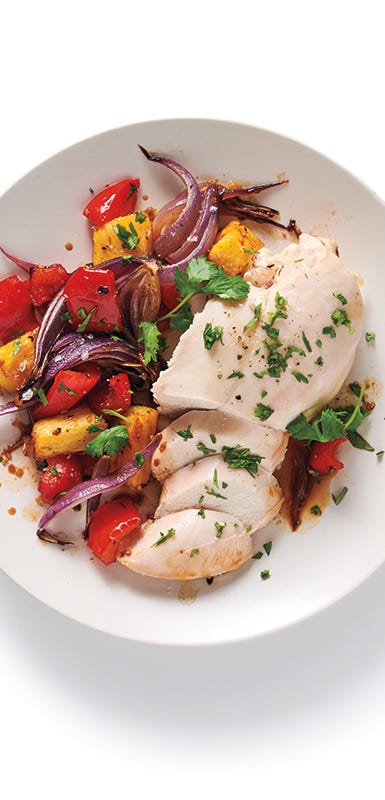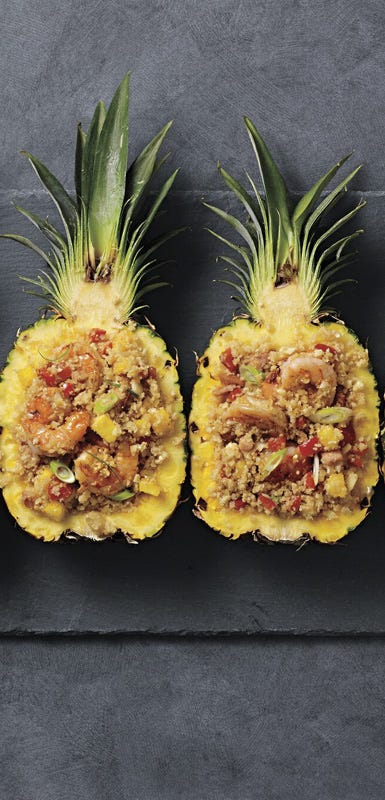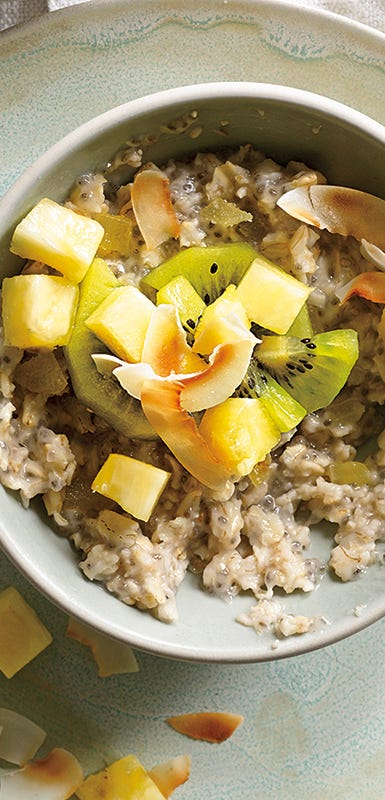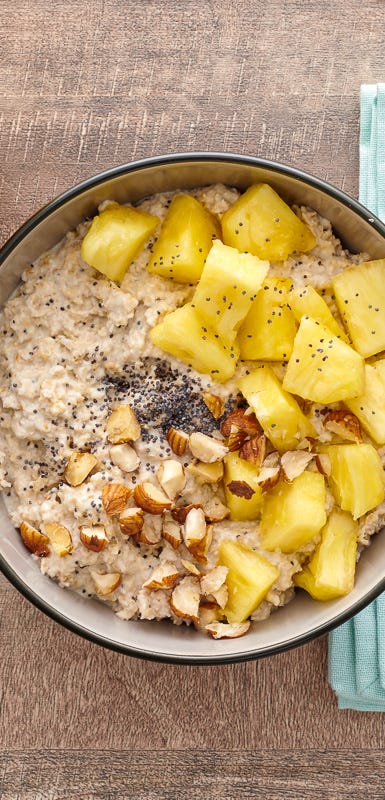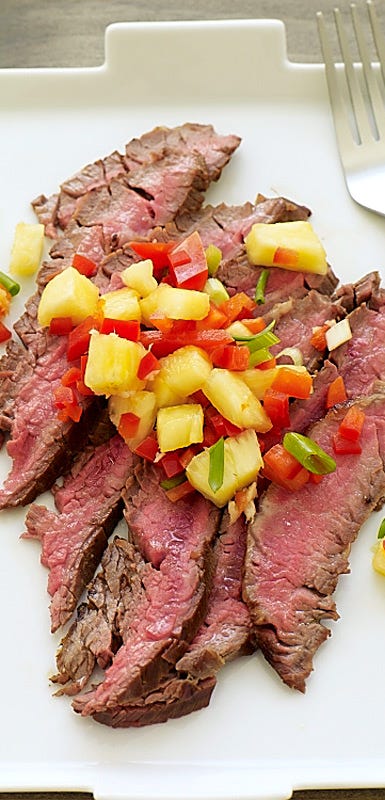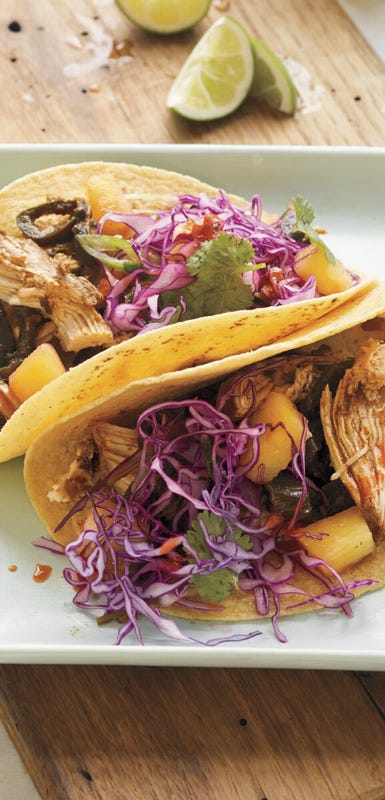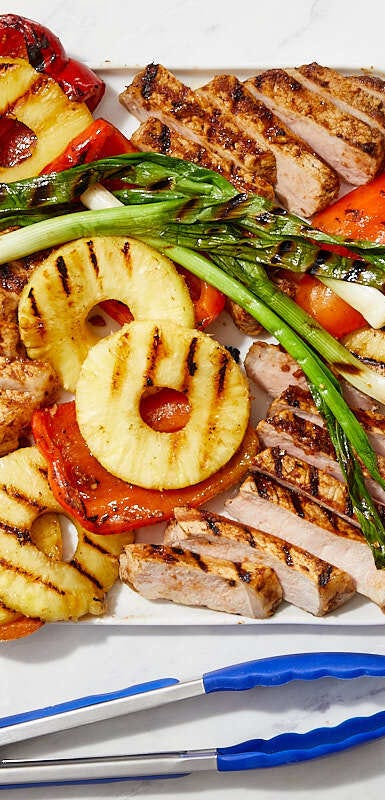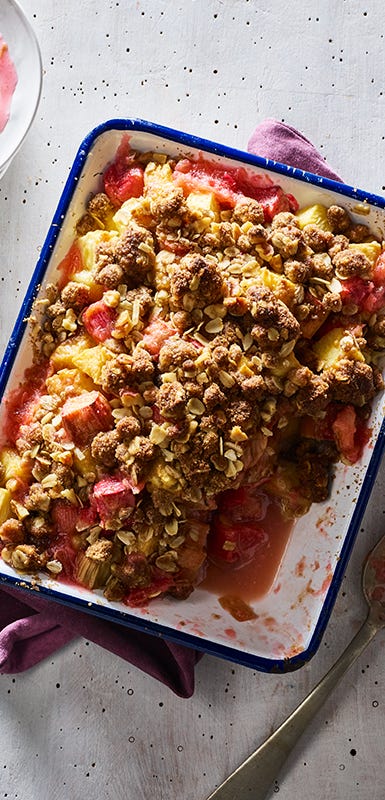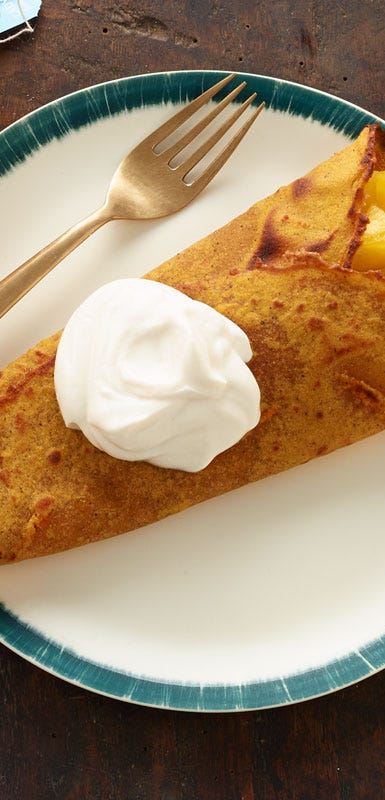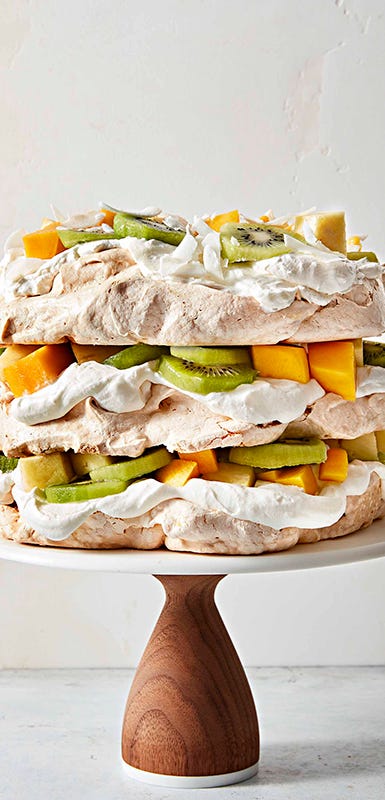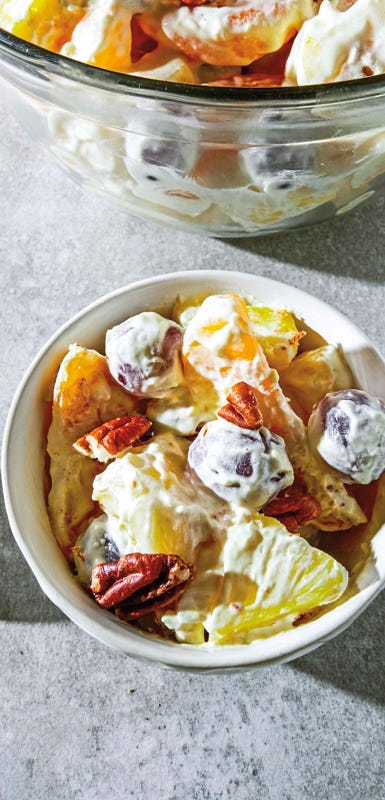40 Ways to Use the Best Veggies (And Fruit!) in March
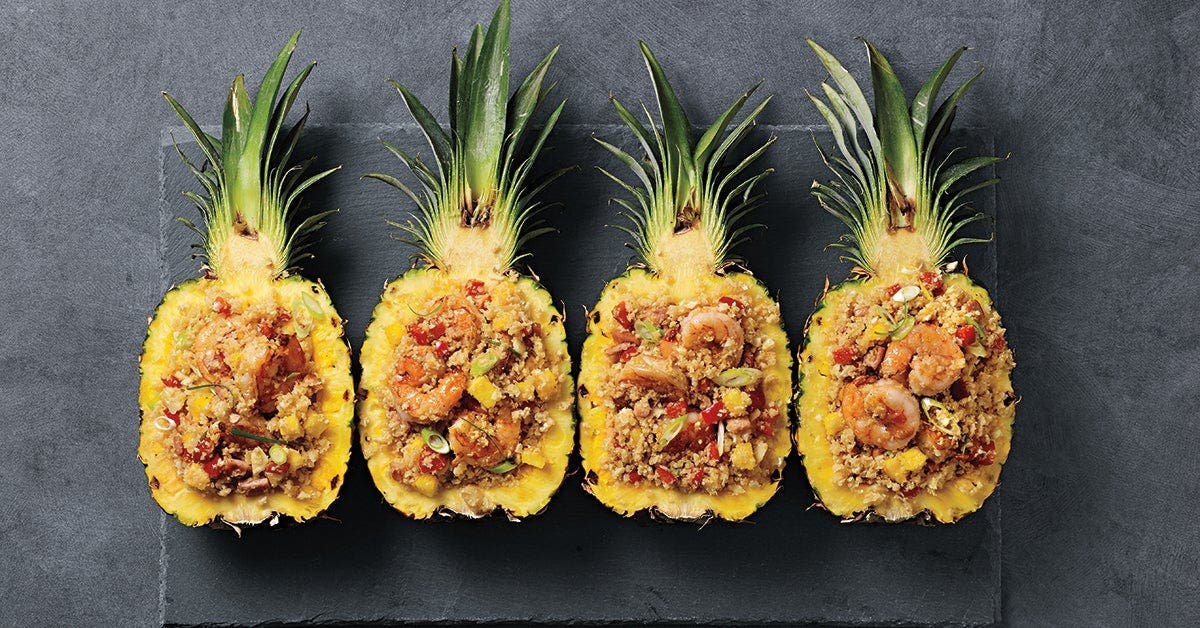
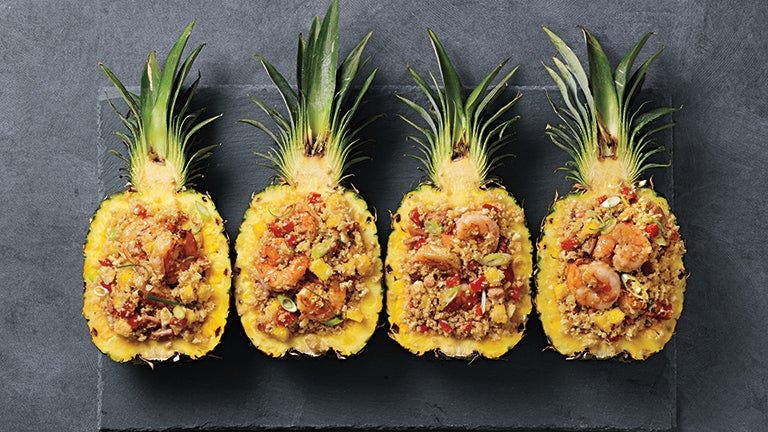
Leafy. Bulb-y. Thorny. March’s peak produce is some of the showiest you’ll see in the grocery store. But we love them for more than their looks. Leeks, radishes, and pineapple flavor-bomb all kinds of dishes, lend lots of complexity to basic meals, and are loaded with antioxidants. Read on for the best recipes to enjoy them (soups! salads! desserts!), as well as how to buy and store your produce loot.
Leeks 101
With their white base and broad green leaves, leeks look like larger scallions (aka: green onions). Makes sense because they belong to the same group of vegetables called alliums, which includes garlic, chives, shallots, and onions. They’re a touch sweeter than their scallion cousins, and are meltingly tender when cooked, especially if roasted, braised, or pureed into soups. Heads up: Cleaning leeks is a bit of a project. To do so, remove the outer, tough dark leaves and trim the root end. Split the leeks in half lengthwise and soak them in cold water for 10 to 15 minutes to remove any grit and dirt. Rinse your leeks well after you chop them–soil tends to get trapped deep within them. Or save yourself a lot of time and grab a bag of cleaned, chopped frozen leeks. If you opt for fresh ones, they can be stored on the counter for 3 to 4 days, or up to 2 weeks, wrapped, in your fridge’s veggie bin.
Our Best Leek Recipes
Radishes 101
When a food has rad in its name, you know it’s gotta be cool. Super-crisp and with a slightly spicy, peppery taste, these root veggies can zing up everything from salads to sandwiches to bowls of chili. Radishes come in a variety of sizes and a cornucopia of colors (reddish purple, rosy pink, white, green, even black), but most people use the traditional red bulbs and slice them raw into salads or chopped as a garnish. They’re also excellent roasted and grilled–especially if you don’t like spice, as the cooking process sweetens their taste. A crudite dream? Watermelon radishes. Unlike traditional red ones (which are pale white inside) the watermelon variety has a spectrum of pink inside. No matter the color of the bulb, look to its leafy greens to spot freshness. They should be bright green and perky. Once you get your radishes home, wrap them in a damp paper towel and place them in a plastic bag. Store in the fridge for up to 2 weeks.
Our Best Radish Recipes
Pineapples 101
A food this striking (those spikes, those fronds) shouldn’t spend its life in a fruit salad. Cooking this tropical fruit caramelizes its sugar and enhances its sweetness. Ripe pineapple should be heavy for its size (indicates juiciness), have bright green leaves, be firm but give a little when squeezed, and smell sweet at the stem end (like a tropical vacation!). If it gives off a vinegar-y scent, it’s probably old and past its prime. Slightly under ripe pineapples can be left at room temperature for a few days to soften but they will not increase in sugar content. Soft, ripe pineapples can be refrigerated for 3 to 4 days.

